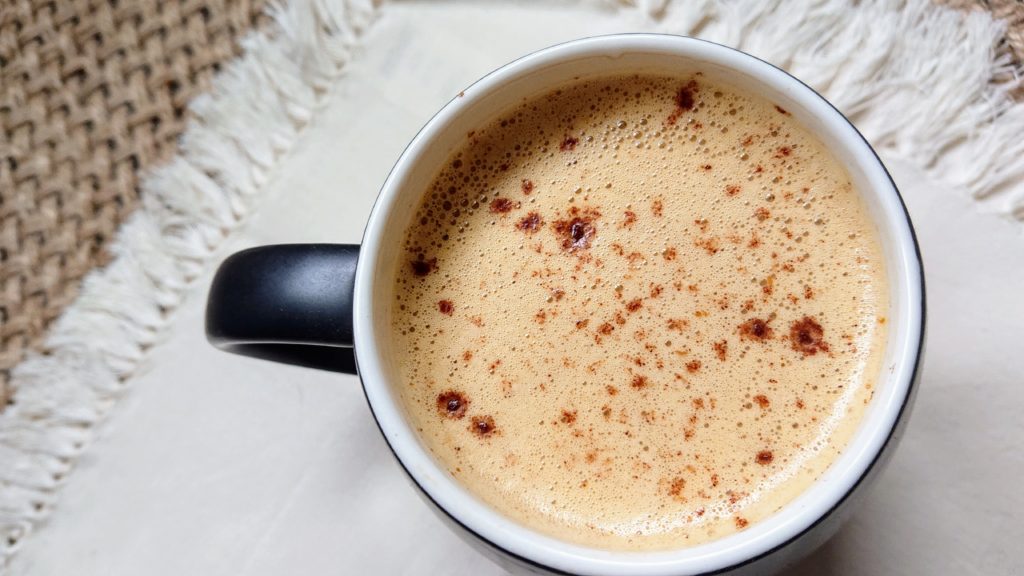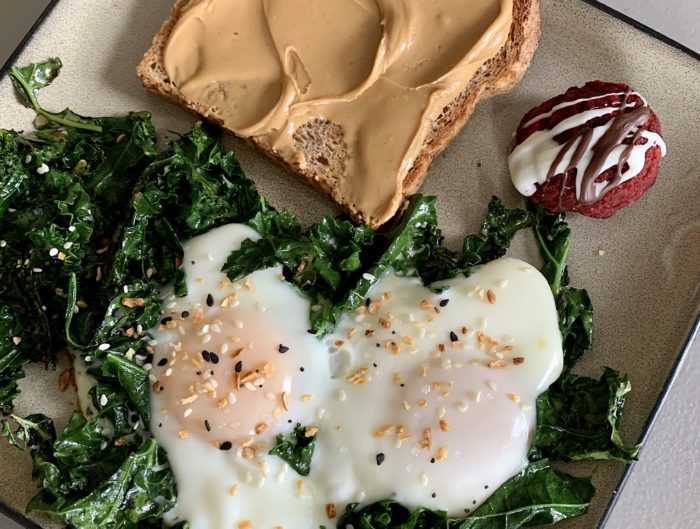You don’t have to spend much time on the internet, social media, or at a gathering with friends or co workers before the conversation changes to the newest diet trend.
Low fat, high carb is best!
High fat, low carb!
Vegan!
Paleo!
Calorie Counting!
I am not writing this post to tell you exactly what strategy is best for you. If you ask, I’ll just say, “it depends”.
Which is the most frustrating answer on the planet!!
I wish the path to true health was a simple answer, but it’s not. All I ask is that you never put your flag in the sand and say “I am *insert diet here*”. You don’t have to put a name to your diet to be healthy. Just have your diet that makes you feel your best.
What I want you to take away from this post is this: understand the macronutrients that make up your food and the role they play in your health. I’ll also give you some examples of healthy choices from each category. Then you can start to experiment with your diet so see what makes you feel your best!
Calories
Now before we get started here, we can’t talk about macronutrients, or macros for short, without talking about calories. Another word you can use the replace calories is “energy”. Calories is a measure of energy production. Macronutrients all contribute calories to our diet: carbohydrates, protein, and fats. Vitamins, minerals, antioxidants, phytonutrients, etc do not.
Have you ever wondered how the calories in your food get measured? Where did we get the information to say that 2 Tbsp of peanut butter is 200 calories? For that answer we have to go waaaaaay back in time. So far back you should already start to question the validity of Calorie Counting as a way to lose weight or improve your health: the 1800’s. Yes you read that correctly, the same method for counting calories in a food today hasn’t changed since the 1800’s. The strategy is to light the food on fire and see how much energy (or calories) it takes for it to turn to ash.
As you can probably imagine, our human bodies are a much more complicated system of converting food into energy than simply lighting it on fire. While calories can give you a very rough estimate of how much energy you’re taking in, I strongly recommend you dig a little deeper into where your calories are coming from as a better measure of health. Enter: your macronutrients.
Carbohydrates

Carbohydrates, or carbs, will be the first of three macros I’ll talk about today. With the rise in Type 2 Diabetes cases in America and the popularity of low carb diets, carbs have gotten a bad reputation recently. To be perfectly honest, it’s not all bad advice to follow a lower carbohydrate diet. Notice I didn’t say “low carb” or “no carbs”.
Carbohydrates are the body’s main fuel source and can be found it a wide variety of healthy choices: starchy vegetables, fruit, whole grains, and some dairy. As you know, there are plenty of less nutritious options for carbohydrates such as white bread, most breakfast cereals, crackers, chips, sugary beverages, and fruit juice. When you start to consume carbohydrates from real, whole food sources, the total amount of carbohydrates you consume is naturally going to be lower. That’s because vegetables, fruit, and whole grains have fiber! Fiber is the type of carbohydrate that’s slower to digest and keeps us fuller for longer compared to simple sugars.
That being said, there are some populations that have to be more careful with the amount of carbohydrates they consume such as those with Type 1 and 2 Diabetes, Gestational Diabetes, Prediabetes, and PCOS. Unfortunately, there’s no way around closely monitoring your carbohydrate intake with these medical conditions.
As a starting point to improving the quality of your carbohydrates, take a good look at your beverages and grains. I have a whole blog post dedicated to better beverages choices! Your grains should be minimally processed whole grains such as rolled/steel cut oats, whole grain bread (at least 3 grams of fiber per slice), quinoa, brown rice, whole grain or chickpea pasta, and whole grain crackers (with no hydrogenated oils).
Protein

If you live in America, you’ve probably already heard about the importance of protein in your diet: maintaining lean muscle mass, supporting the immune system, helping you stay fuller for longer, etc. As a result, there is a huge market in the supplement and food industry to put protein in EVERYTHING. Protein bars/shakes, protein cookies, protein pasta, protein waffle mix….I could go on but you get the point.
Yes, protein is important but what’s going to be best for our body is to have just enough protein spread throughout the day from real food sources. Your day shouldn’t look like this: a low protein breakfast (aka breakfast cereal), a little protein at lunch, a big protein shake in the afternoon, a big piece of meat at dinner, and protein cookie before bed.
This person’s diet may have the right total amount of protein per day but it’s not spread evenly throughout the day to promote satiety and stable blood sugars and it’s mostly from supplements or protein bars which are likely full of artificial ingredients.
Instead, try to have a source of protein at every meal from whole foods: pastured animal meats, eggs, cheese, beans, nuts, seeds, plain whole milk yogurt, and organic soy. The general recommendation for protein needs is 0.8-1.0 grams of protein per kilogram of body weight (divide your weight in pounds by 2.2 to get your kilogram weight). I bet you’ll find that you don’t need nearly as much protein as what thought.
Fats

Research surrounding fats is booming! My head is spinning just as much as yours to keep up with which fats are good for our health, which ones are inflammatory, how they’re processed etc. What I’ll share with you today is an overview to get you started and hopefully convince you to stop avoiding fats like the plague!
Fats play a huge role in the body by helping keep us full by decreasing the “hunger hormone” ghrelin and increasing the “satiety hormone” leptin. It takes a much larger amount of carbohydrates for your body to recognize a sense of fullness compared to fats (and protein). Have you ever sat down with a package of crackers and realized it took you half the box to feel satisfied? How about when you pair those same crackers with peanut butter? You’ll likely find that you don’t need to eat as much when you pair your crackers with peanut butter because you have a combo of all three macros: carbs + protein + fat.
Satiety isn’t the only roll dietary fats play in the body. Fats are also important for helping absorb fat-soluble vitamins such as Vitamin A, D, E, and K, producing sex hormones, and maintaining the integrity of our body’s cells and brain!
So what kind of fats should you be eating? A great starting point is to stick with plant-based fats that are minimally processed. I give the recommendation for minimally processed because a lot of plant-based oils such as canola oil, corn oil, peanut oil, sunflower oil require high amounts of heat and harsh solvents such as hexane to extract the oils from these plants. As you can imagine, this leaves very little nutritional quality even though they are technically “plant based”.
If you choose animal fats, which tend to be mostly saturated fats, be sure to choose fats from pasture-raised animals. We live in a food chain so when the animal had a better quality diet, was treated humanely, and has less toxins stored in it’s fat cells, we receive the same benefit.
Here are a few fats/oils I keep on hand in my own kitchen:
- Olive oil
- Avocado oil
- Coconut oil
- Canola oil – for rare occasions. I’m human, not perfect.
- Ghee
- Butter
Of course you can skip the stress of how the oil was made entirely by eating whole-food fats such as nuts/nut butters, seeds, avocados, salmon, tuna, olives, coconut, and pastured egg yolks!
I hope this post helps you understand a little bit more about the food you’re eating and how it can do amazing things to fuel your body. Like I said before, there is not one magic macro ratio that works for everyone, and eliminating one entirely won’t help either. We need all three: Carbs for energy, protein for healthy bones/tissues, and fats for satiety and hormone production. A great starting point is to choose quality foods from every category of macronutrients. Then if you need more help determining exactly how much of each macro you need, find yourself a Registered Dietitian!
Follow me on social media and never miss a new post!





Leave A Reply